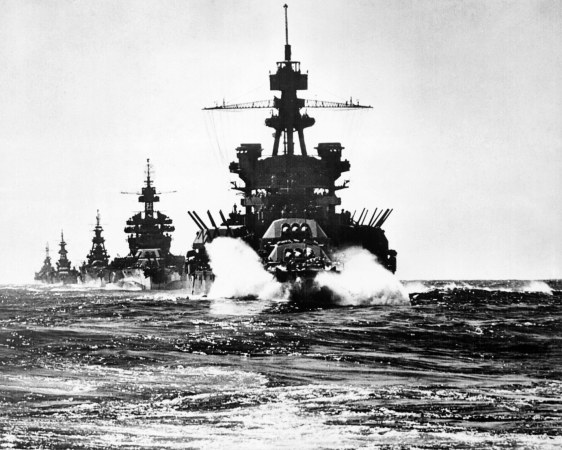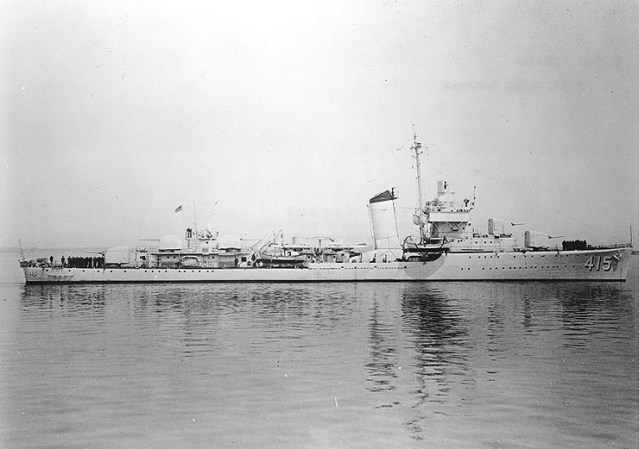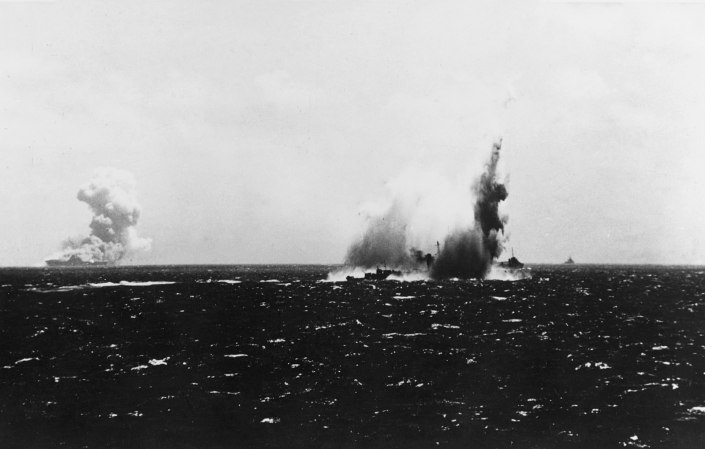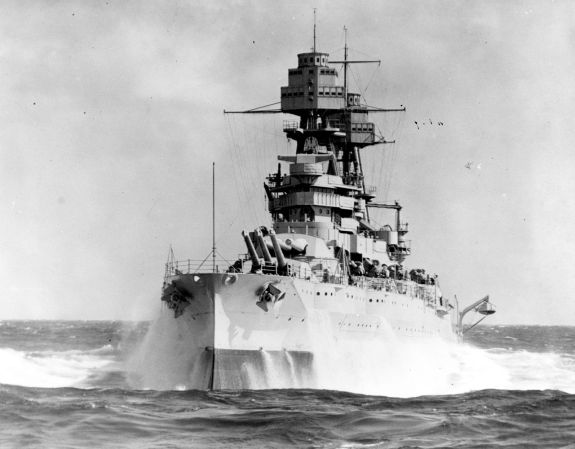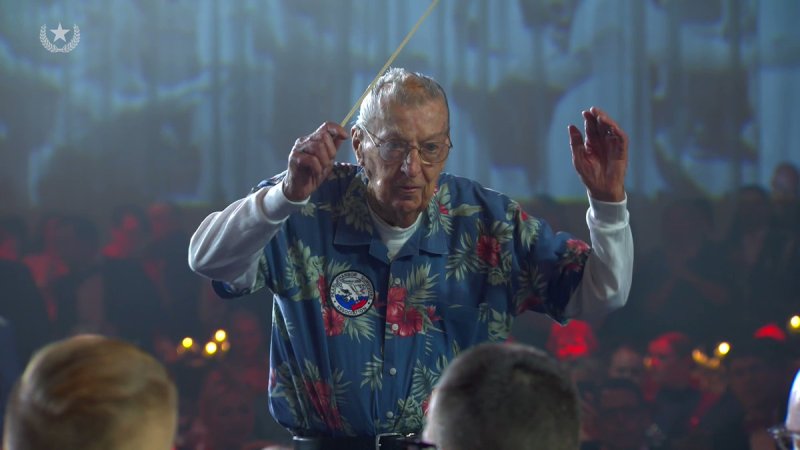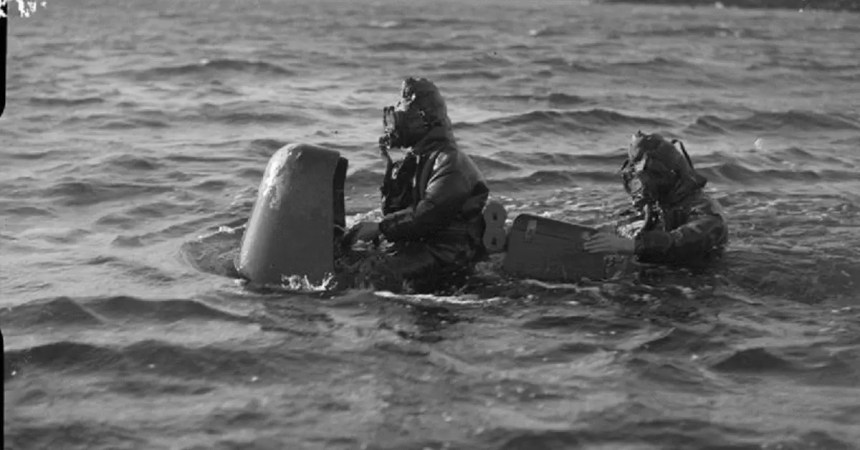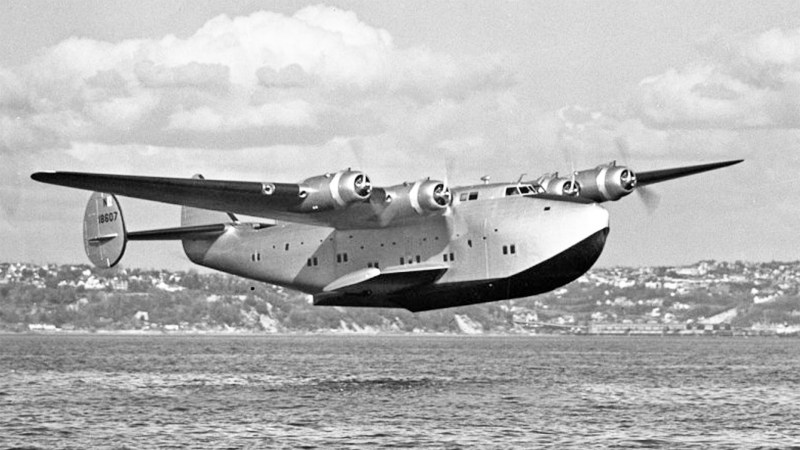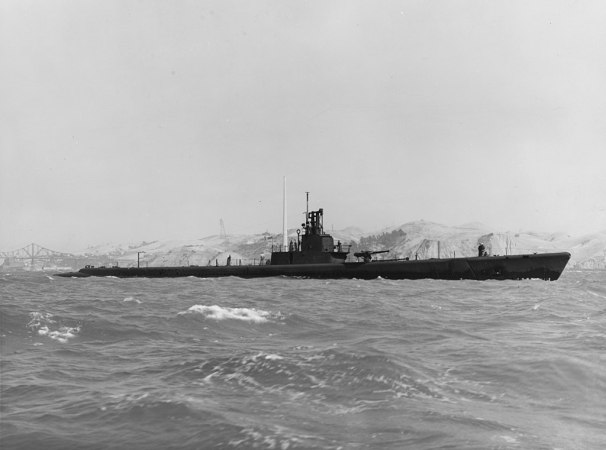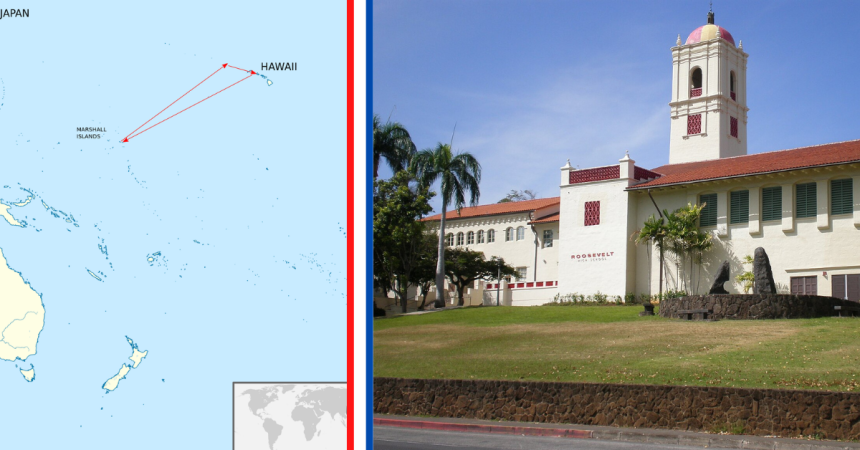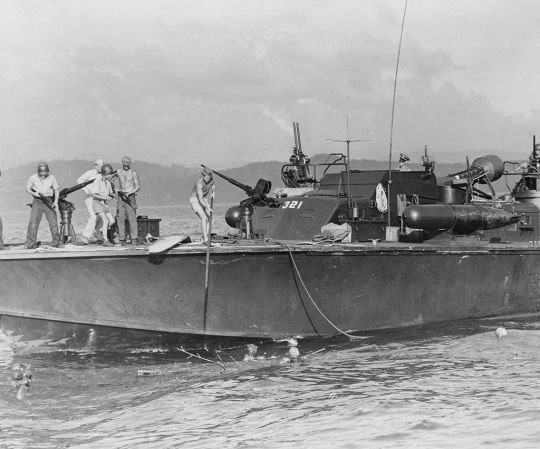While “salvage operations” aren’t usually stories of perseverance and ingenuity, the actions of brave sailors and officers after the Pearl Harbor attacks formed a miracle that is legitimately surprising. While the battleships Utah, Arizona, and Oklahoma were permanently lost after the Pearl Harbor attacks, seven combat ships that were sunk in the raid went on to fight Japanese and German forces around the world and at least three non-combat ships saw further service in the war.
In all, 21 ships were labeled damaged or sunk after the attack. Nine of them were still afloat and were either quickly repaired for frontline duty or sent to the U.S. West Coast for repairs and new equipment. But another 12 ships were sunk and some of those were even declared lost.
Before the war closed, seven of the sunken ships would see combat and another three served in peacetime roles. Here are the 7 that were sunk.
USS West Virginia was declared lost three years before entering Tokyo Bay

The USS West Virginia was one of the worst hit in the raid. The “Weevie,” as it was called, had been hit by up to seven torpedoes, but no one could be certain exactly how many torpedoes hit it, really, because the damage was so severe. At least two torpedoes flowed through holes in the hull and exploded inside against the lower decks.
Salvage crews were forced to create large patches that were held in place with underwater concrete. As seawater was pumped out, it was expected that the ship’s electric drive would be unusable or would need extensive repairs but, surprisingly, it turned out that seawater hadn’t reached the main propulsion plant. The alternators and motors were repaired, and the ship headed for Puget Sound Navy Yard.
The ship received much better anti-aircraft armament and defensive armor and headed back into the fight in the Pacific. At the Battle of the Surigao Strait, Weevie fired ninety-three rounds into the Japanese fleet. It later hit Japanese forces ashore on Leyte, served at Luzon, Iwo Jima, and Okinawa, and was the first of the older battleships to sail into Tokyo Bay to witness Japan’s surrender in 1945.
USS Shaw attacked Guadalcanal, Leyte, and the Philippines

The destroyer USS Shaw was only 6-years old when the Pearl Harbor attack began, but the modern warship was in overhaul on Dec. 7, 1941, and had all of its ammo stored below decks. So it was unable to protect itself as dive bombers struck it, shredding the deck near gun number 1, severing the bow, and rupturing the fuel oil tanks. All this damage led to a massive fire in the forward magazines which then blew up.
The Shaw was declared a total loss, but the Navy found that much of its machinery was still good. Damaged sections were cut off, a false bow was fitted, and the ship steamed to Mare Island in California for permanent repairs just two months after the attack.
The overhauled USS Shaw fired on Japanese forces at the Battle of Santa Cruz Islands, Guadalcanal, Leyte, and the Southern Philippines. It served out the war before being decommissioned in October 1945.
USS Nevada shelled Normandy

The USS Nevada was one of the few ships in the harbor that was ready to fight on December 7, and its official reports indicated that the crew first opened fire at 8:02, about 60 seconds after the attack started. It was able to down between two and five enemy planes, but still took one torpedo and six bomb hits that doomed the ship. An admiral ordered the ship to beach itself to protect the channel and the ship from further damage.
While Adm. Chester E. Nimitz was pessimistic as to the Nevada’s chances, salvage leaders were quite hopeful. Most of the holes were small enough to patch with wood instead of steel. It took extensive work to get the ship capable of sailing to the West Coast. When it arrived at Puget, it received new anti-aircraft guns and a full overhaul.
The Nevada took part in the Aleutian Islands Campaign just one year after Pearl Harbor before going on to fight at Normandy on D-Day. It headed back to the Pacific and fought at Iwo Jima and Okinawa.
USS California slammed a Japanese Fuso-class battleship with shells

The California crew was able to get into fighting position as Japanese bombers closed in, but that just left officers in perfect position to watch the track of the torpedo that hit the ship in the opening minutes. As damage control got underway, a second torpedo hit the ship followed by a single bomb. All this was made worse when the crew had to abandon ship as the fires from the USS Arizona floated around the California.
But the crew came back and kept the ship afloat for three days before it finally sank into the mud. Salvage operators had to build cofferdams to begin repairs so that crews could access previously flooded areas. As the ship emerged from the water, caustic solutions were used to remove corrosion and seawater. It sailed for the West Coast in October 1942.
By the time the California left the Puget Sound Navy Yard in late 1943, it had nearly all new parts, from the engine to many weapons. It used these to fight at the Marianas, bombard Saipan and Guam, and then slam a Fuso-class battleship at Surigao Strait with over 90,000 pounds of munitions.
USS Cassin

The destroyers USS Cassin and USS Downes were in drydock on December 7. So they were essentially impossible to damage with torpedoes, but were highly susceptible to bombs. Guess what Japan hit them with? Bombs passed entirely through the Cassin and exploded on the drydock floor, and both ships were set on fire and struck by tons of fragments. Cassin even toppled off its blocks and struck the drydock floor.
The USS Cassin’s keel and hull were warped by the damage, and the hull was filled with holes. The shell plating was wrinkled. Crews disassembled the ship and sent most everything but the hull to Mare Island where they were installed in a new shell. Despite the entirely new hull, the Navy considered the resulting ship to still be the USS Cassin.
The Cassin was sent against Marcus Island, Guam, Saipan, Tinian, Luzon, Iwo Jima, Palau, and the Philippine Islands. Yeah, it had a pretty busy war for a ship “lost” on December 7.
USS Downes

The Downes arguably suffered worst than the Cassin in drydock as the fires caused sympathetic detonations in the Downes’ torpedoes and other weapons. It was also twisted by damage, and it had massive holes from the explosions. Downes had aluminum plating on its deckhouse that was completely destroyed.
Like the Cassin, the Downes had its hull scrapped and most of its innards installed in another hull in the shipyard on Mare Island.
This new and improved USS Downes fought at Saipan, Marcus Island, and Luzon. Like the Cassin, it had been declared lost after the Pearl Harbor damage.
USS Oglala

The minelayer Oglala technically didn’t suffer a hit on December 7, but a torpedo passed under it and hit the USS Helena. The blast from that crippled the old Oglala which had been built as a civilian vessel in 1906. The crewmembers took their guns to the Navy Yard Dock and set them up to provide more defenses. They also set up a first aid station that saved the lives of West Virginia crewmembers.
The ship suffered horribly, eventually capsizing and sinking until just a few feet of the ship’s starboard side remained above water. It was declared lost, and the Navy even considered blowing it up with dynamite to clear the dock it had sunk next to. But the decision was made that it could destroy the dock, so the Navy had to refloat it. At that point, it made sense to drydock and repair it.
After repair and refit at Mare Island Navy Yard, the Oglala was re-launched as a repair ship and served across the west Pacific. It actually joined the Maritime Reserve Fleet after the war and wasn’t scrapped until 1965, almost 60 years after its construction as a civilian passenger liner.
(Author’s note: Most of the information for this article came from The Navy Department Library’s online copy of Pearl Harbor: Why, How, Fleet Salvage and Final Appraisal by Vice Admiral Homer N. Wallin. It can be found online here.)



